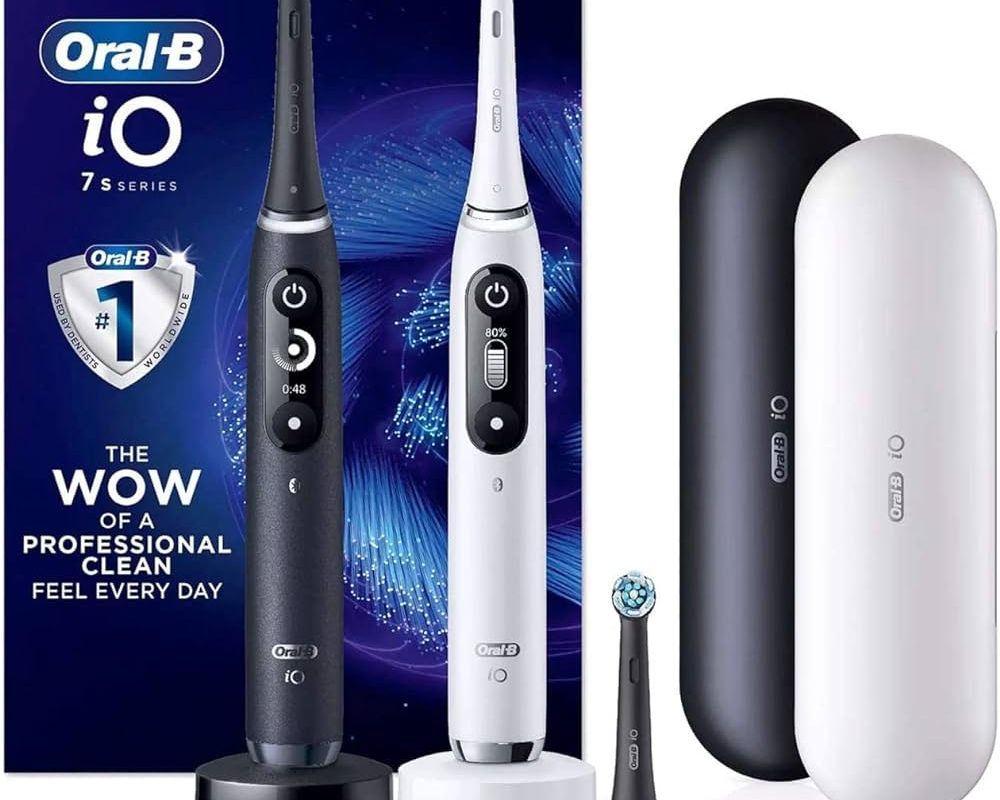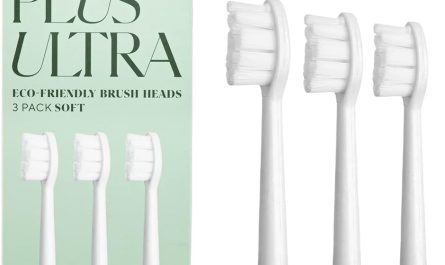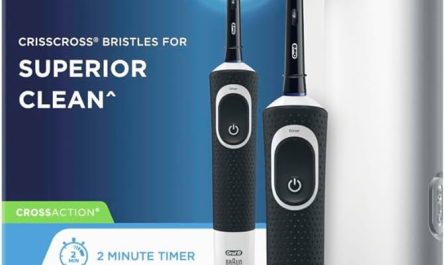Introduction:
The invention of the electric toothbrush marked a significant milestone in oral hygiene, bringing convenience and efficiency to daily dental care routines. This comprehensive guide explores the history, development, and impact of the first electric toothbrush. It covers the technological advancements, key figures involved in its creation, and the evolution of electric toothbrushes over the years.
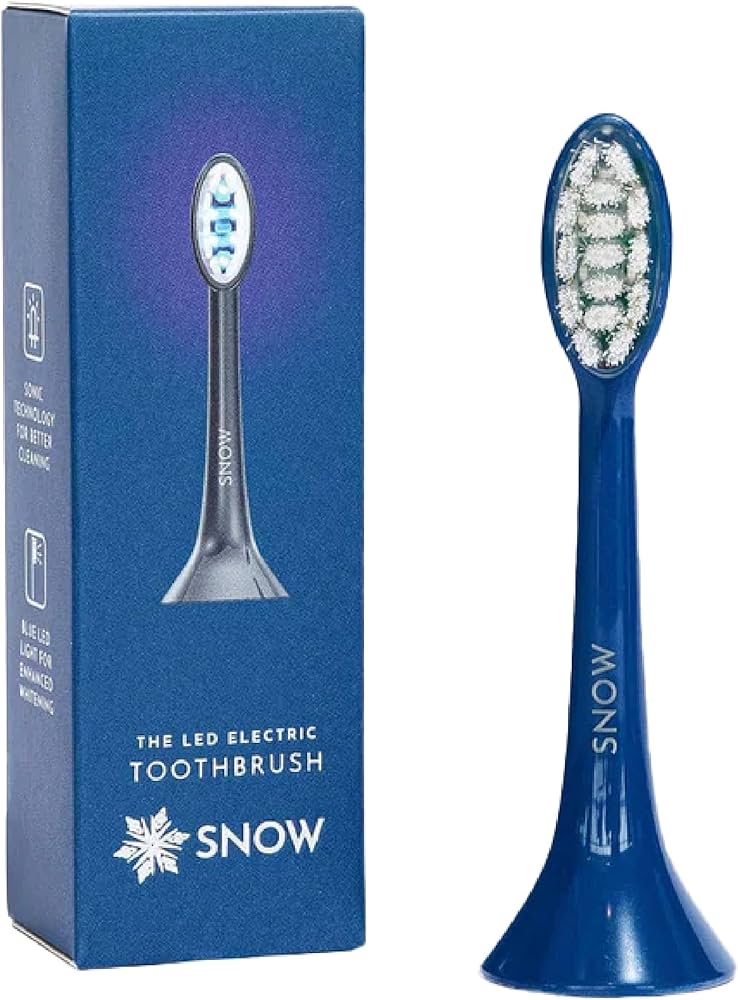
What Was the First Electric Toothbrush?
Origins of the Electric Toothbrush Concept
The concept of an automated toothbrush emerged as early as the 20th century, driven by the need to improve oral hygiene and make brushing more effective.
Early Innovations: The idea of creating a motorized toothbrush was initially explored in the 1920s and 1930s, but it wasn’t until the mid-20th century that viable prototypes began to take shape. These early concepts aimed to enhance the efficiency of removing plaque and debris from teeth compared to manual brushing.
Medical Needs: The development of the electric toothbrush was partly motivated by medical needs. Dentists sought tools that could help individuals with limited motor skills or dexterity, such as those suffering from arthritis or other physical conditions, maintain proper oral hygiene without excessive strain.
Breakthrough in Technology: Technological advancements in motorized devices during the post-World War II era paved the way for the creation of practical and user-friendly electric toothbrushes. Improvements in battery technology and small electric motors made it possible to design a toothbrush that could deliver consistent brushing action.
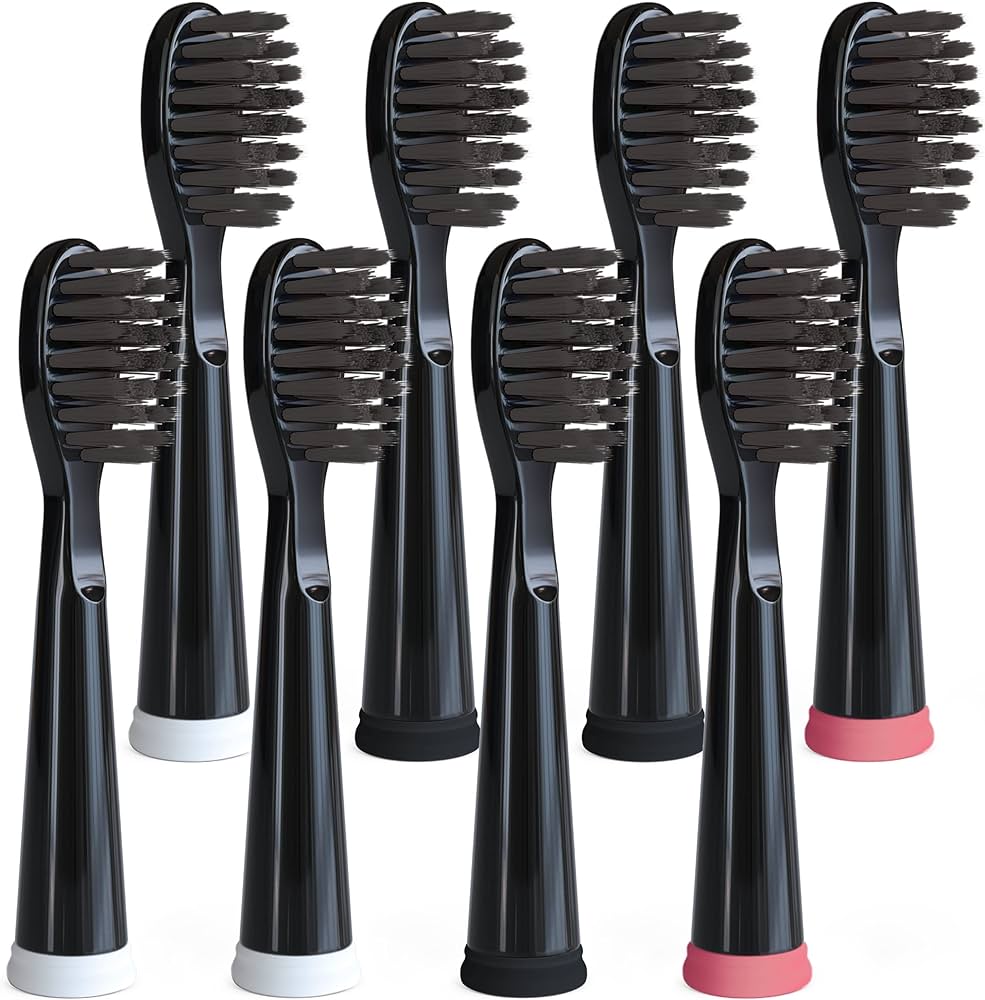
The Creation of the First Electric Toothbrush
The first electric toothbrush, known as the Broxodent, was introduced in the 1950s, revolutionizing the way people approached dental care.
The Broxodent: Swiss invention credited to Dr. Philippe-Guy Woog, the Broxodent was the first commercially viable electric toothbrush. Woog’s innovation was driven by the need to help patients with limited dexterity achieve better oral hygiene. The Broxodent was initially designed for use in dental clinics and was later adapted for home use.
Key Features: The original Broxodent featured a corded design, powered by an electrical outlet. It had a relatively bulky handle compared to today’s models but introduced the fundamental concept of automated brushing. The toothbrush provided a consistent brushing motion, reducing the need for manual effort and ensuring more thorough cleaning.
Market Introduction and Reception: The Broxodent was first marketed in the United States by E. R. Squibb and Sons, a pharmaceutical company. Its introduction was met with curiosity and optimism from both dental professionals and consumers. Despite its initial higher cost compared to traditional toothbrushes, the electric toothbrush quickly gained popularity for its potential to improve oral hygiene outcomes.
Improvements and Advancements in Electric Toothbrush Technology
Following the introduction of the Broxodent, the electric toothbrush industry witnessed continuous advancements that enhanced usability, effectiveness, and affordability.
Battery-Powered Models: As battery technology improved, the development of cordless electric toothbrushes began. These models offered greater convenience and portability, eliminating the need for a direct power source. Rechargeable batteries became the norm, extending the lifespan and reducing long-term costs.
Oscillating and Rotating Brushes: Technological innovations led to the creation of brushes with oscillating and rotating heads. Unlike the side-to-side motion of the original Broxodent, these brushes provided multi-directional cleaning, significantly enhancing plaque removal and gum health.
Introduction of Sonic Technology: In the 1990s, sonic toothbrushes were introduced, leveraging high-frequency vibrations to improve brushing efficacy. Sonic technology produced rapid brush head movements, creating dynamic fluid action that reached deep between teeth and along the gumline.
Smart Features and Connectivity: The 21st century saw the integration of smart features in electric toothbrushes. Models equipped with Bluetooth connectivity allowed users to track their brushing habits via mobile apps. Real-time feedback, customizable brushing modes, and timer functions further personalized the brushing experience.
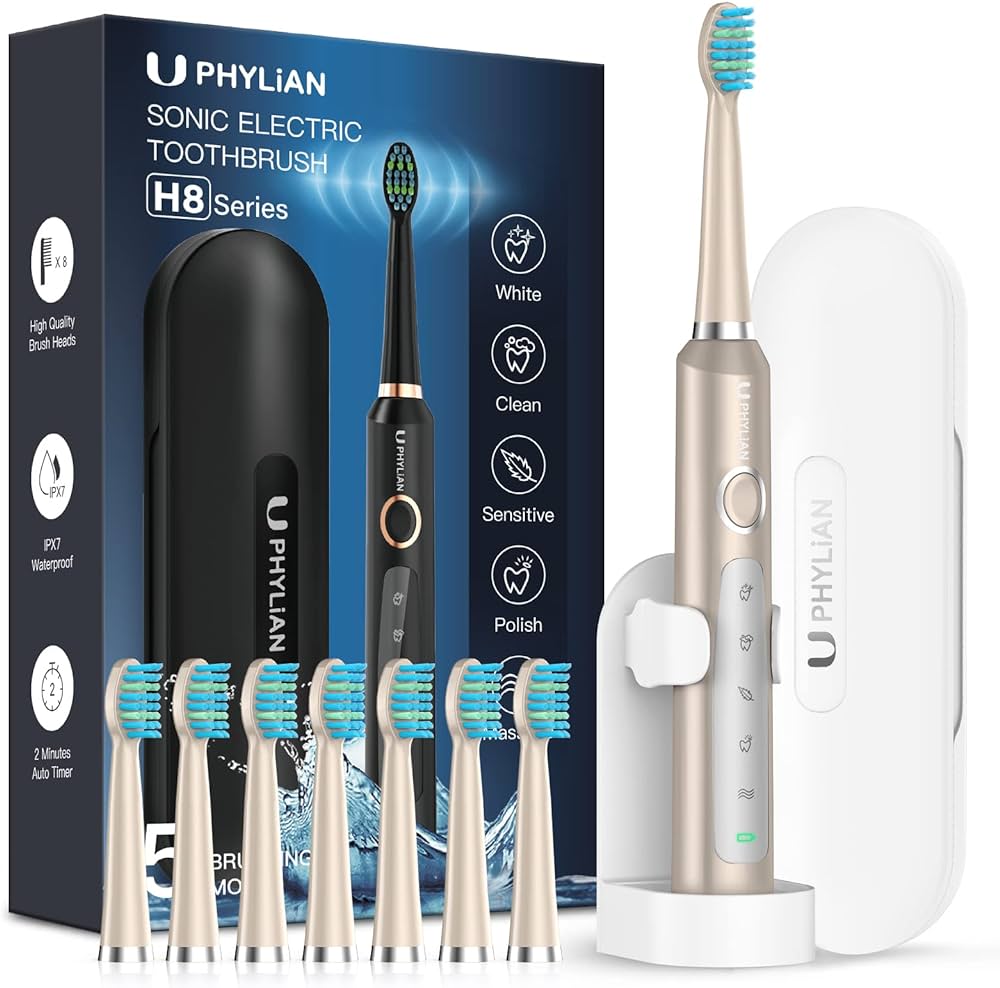
Impact on Oral Hygiene Practices
The advent and evolution of electric toothbrushes have significantly impacted oral hygiene practices worldwide, offering numerous benefits over traditional brushing methods.
Improved Plaque Removal: Studies have consistently shown that electric toothbrushes are more effective at reducing plaque and gingivitis compared to manual brushes. The automated brushing action ensures consistent pressure and coverage, leading to cleaner teeth and healthier gums.
Enhanced User Compliance: Electric toothbrushes have made it easier for individuals to adhere to recommended brushing times and techniques. Integrated timers encourage users to brush for the dentist-recommended two minutes, and pressure sensors prevent excessive force that could damage gums.
Accessibility for All: The versatility of electric toothbrushes has made them accessible to a wide range of users, including children, the elderly, and those with disabilities. Features such as ergonomic handles, customizable brush heads, and intuitive controls cater to different needs and preferences.
Reduction in Dental Issues: The consistent use of electric toothbrushes has contributed to a decrease in common dental issues like cavities, gum disease, and bad breath. Better oral hygiene practices promoted by these devices have resulted in fewer dental interventions and improved overall oral health.
Choosing the Right Electric Toothbrush
With a wide variety of electric toothbrushes available today, selecting the right one involves considering several factors based on individual needs and preferences.
Brushing Technology: Consider whether you prefer oscillating-rotating or sonic technology. Both offer effective cleaning, but the choice may depend on personal comfort and specific oral health needs.
Battery Life and Charging: Look for a toothbrush with a long-lasting battery and convenient charging options. Models with quick-charging features and travel-friendly cases are advantageous for frequent travelers.
Brush Head Compatibility: Ensure the toothbrush is compatible with a variety of brush heads, allowing you to choose from soft, medium, or firm bristles, as well as specialized heads for sensitive teeth or gum care.
Smart Features: Evaluate the potential benefits of smart features like Bluetooth connectivity, brushing habit tracking, and customizable modes. While these can enhance your brushing experience, they might not be necessary for everyone.
Brand Reputation and Reviews: Research reputable brands known for their reliability and innovation in dental care. Reading reviews and seeking recommendations from dental professionals can help make an informed decision.
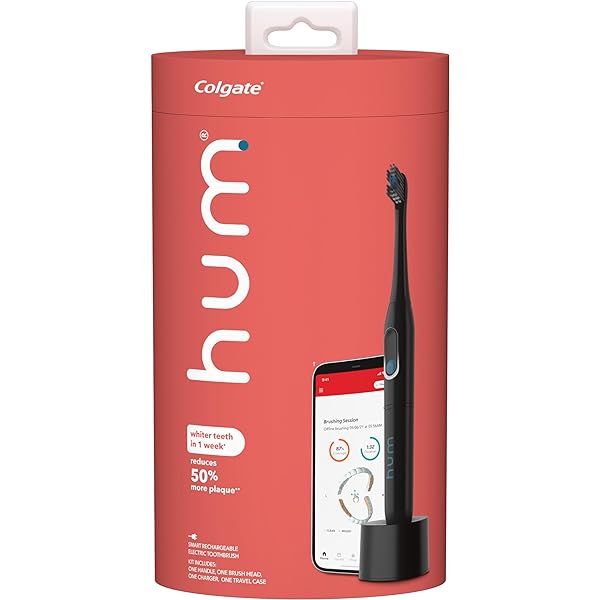
Maintenance and Care of Electric Toothbrushes
Proper maintenance ensures the longevity and effectiveness of your electric toothbrush, keeping it in optimal condition for daily use.
Regular Cleaning: Rinse the brush head thoroughly after each use to remove toothpaste and debris. Wipe the handle with a damp cloth to prevent grime build-up and maintain hygiene.
Replacing Brush Heads: Change brush heads every three months or sooner if the bristles become frayed. Worn-out bristles are less effective at cleaning and can harbor bacteria.
Charging Habits: Follow the manufacturer’s recommendations for charging to prevent battery degradation. Avoid leaving the toothbrush on the charger indefinitely, which can reduce battery lifespan.
Storage: Store your electric toothbrush in an upright position to air dry. Avoid keeping it in closed containers, as moisture can promote bacterial growth.
Future Innovations in Electric Toothbrush Technology
The electric toothbrush industry continues to evolve, with innovative technologies shaping the future of oral care.
AI-Powered Toothbrushes: Artificial intelligence is being integrated into electric toothbrushes to provide personalized oral health insights. AI-powered brushes analyze brushing patterns and offer real-time feedback for improving technique.
Advanced Sensors: Modern electric toothbrushes are incorporating advanced sensors to detect plaque build-up and ensure thorough cleaning. These sensors guide users to spend more time on areas that need extra attention.
Eco-Friendly Initiatives: Sustainability is a growing focus, with manufacturers exploring eco-friendly materials and recyclable components. Some brands are developing biodegradable brush heads and energy-efficient charging systems.
Customization and Personalization: Future electric toothbrushes aim to offer more customization options, including brush heads tailored to specific dental conditions and apps that provide individualized care plans.
Integrative Health Monitoring: Integration with other health monitoring systems, such as fitness trackers and wellness apps, is an emerging trend. This holistic approach links oral health with overall wellbeing, promoting comprehensive personal care.

Conclusion
The first electric toothbrush, the Broxodent, revolutionized dental care by introducing automated brushing. Since its inception, electric toothbrushes have undergone significant advancements, enhancing their effectiveness, user experience, and accessibility. Understanding the history, benefits, and maintenance of electric toothbrushes helps users make informed decisions and maintain optimal oral hygiene. This comprehensive guide provides insights into the evolution of electric toothbrushes and offers practical advice for choosing and using the right model, ensuring effective and enjoyable dental care routines.

